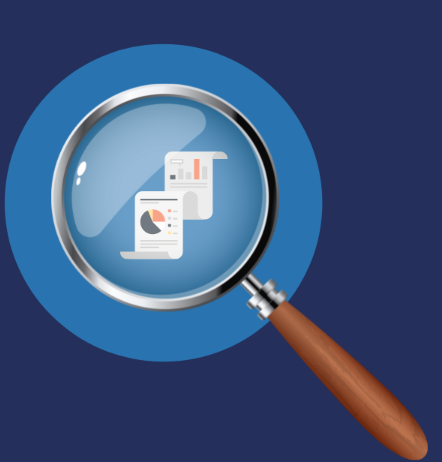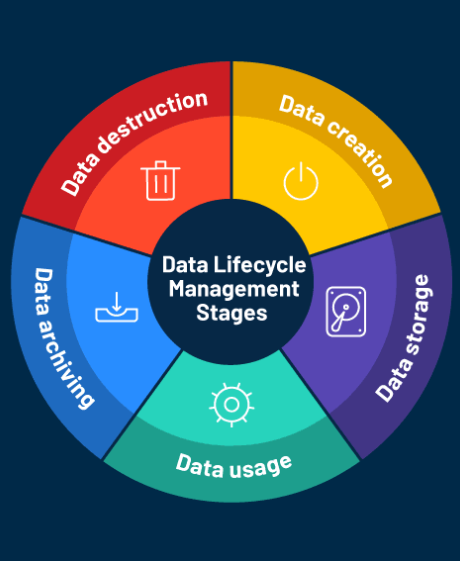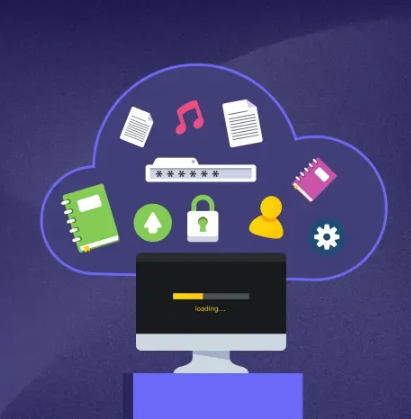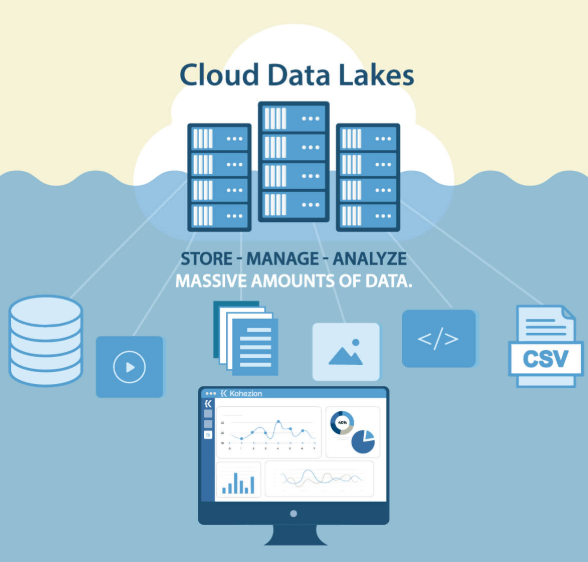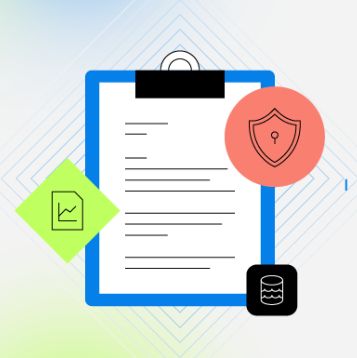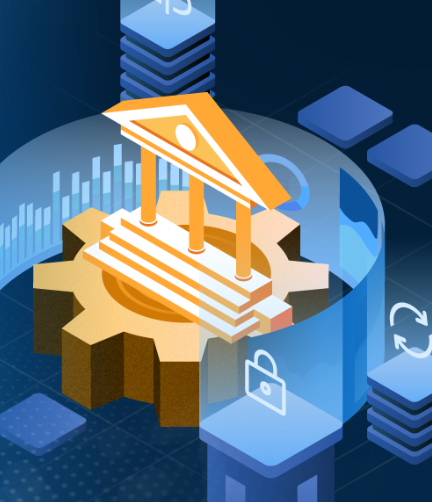
In the modern business world, where data is growing exponentially and cybersecurity threats are becoming more sophisticated, data classification has become an essential practice. This process not only helps protect sensitive information but also optimizes data usage, making it a key element of an organization’s strategy. Here’s how you can effectively present the case for data classification to your boss, highlighting its importance in data security, compliance, and overall business efficiency.
What is Data Classification?
Data classification involves categorizing data based on its sensitivity, content, and relevance to the organization. This could range from public data that needs minimal protection to highly sensitive information like personal details or intellectual property that requires strict security measures. The primary goal is to understand what data your organization holds, where it’s stored, and how sensitive it is, enabling better management and protection.
Why is Data Classification Essential?
Data classification is critical for any organization dealing with substantial amounts of data. By categorizing data, businesses can effectively protect sensitive information, comply with regulations, and improve operational efficiency. It helps identify which data needs the highest levels of protection, ensuring that cybersecurity resources are allocated effectively. Furthermore, many regulations require specific security measures for certain types of data, making classification not just a security best practice but also a regulatory necessity.
Beyond security and compliance, a well-structured data classification system enhances data management, streamlining processes like storage, archiving, and deletion. As data continues to grow in volume and complexity, organizations without a proper classification system risk mismanaging their data and missing out on valuable business insights.
Why Is Data Classification Urgent Now?
The sheer volume of data that businesses generate today is unprecedented. With the rise of AI and other advanced technologies, the challenge of safeguarding sensitive data has become even more pressing. Without classification, organizations risk mishandling protected or outdated data, leading to poor decisions and potentially costly mistakes.
Data classification is also critical in light of regulations such as the GDPR and CCPA, which impose heavy fines for non-compliance. Additionally, data breaches are becoming more frequent, and unclassified data presents an easy target for cybercriminals. An unorganized data environment means all data is treated equally, which not only increases risk but also reduces efficiency.
Lastly, data is a valuable resource for business insights and strategic planning. Without proper classification, businesses will struggle to leverage their data to its full potential, missing opportunities for improved decision-making and growth.
How to Approach Your Boss About Data Classification
Bringing up data classification with your boss may seem challenging, especially if it’s a new concept for them. However, it’s a conversation that can significantly enhance your organization’s data security and overall performance. Here are some steps to help you communicate the importance of data classification effectively:
1. Do Your Homework
Before speaking with your boss, thoroughly research data classification and its benefits. Familiarize yourself with industry data breaches, applicable regulations, and the consequences of non-compliance. This will help you present a solid case for why data classification is essential for your organization’s success.
It’s also important to understand your organization’s current data landscape. Conduct a data audit to assess the types of data your organization stores, where it’s located, who has access to it, and how it’s being used. This will help you determine if any data classification systems are already in place or if there are areas where sensitive data may not be adequately protected.
2. Involve Key Decision-Makers
Data classification is a collaborative effort that requires input from various departments, including IT, security, legal, and compliance. When discussing this with your boss, emphasize that data classification is not just an IT issue but a company-wide initiative. Engaging key decision-makers from these departments early on ensures that the program is well-supported and aligned with the organization’s broader objectives.
3. Present a Clear Implementation Plan
When proposing data classification, it’s important to present a clear and structured plan. Outline the steps you’ll take to implement the system, starting with a comprehensive data audit to identify and categorize existing data. Include details on how data will be classified based on its sensitivity and the security measures that will be applied to each category.
Also, provide an estimate of the resources required, including costs and time, as well as any tools or software that may be needed for the implementation. Be prepared to discuss how the system will be monitored and updated to ensure it remains effective and compliant with evolving regulations.
4. Tie the Proposal to Organizational Goals
While the primary focus of data classification is security and compliance, it’s essential to show how it aligns with the organization’s broader goals. This could include improving operational efficiency, minimizing risk, and making data more accessible for strategic decision-making. By framing data classification as a way to achieve these goals, you’ll present it as a valuable business initiative rather than just a technical requirement.
5. Come Prepared with Actionable Insights
To convince your boss of the importance of data classification, make sure you’re ready with concrete examples and actionable insights. Highlight how other organizations have benefited from implementing data classification, whether through reduced security incidents, better compliance, or improved data management. The more specific and relevant your examples are, the more compelling your case will be.
Conclusion
Data classification is no longer a luxury but a necessity in today’s digital world. Without it, organizations risk security breaches, compliance violations, and missed opportunities for data-driven insights. When discussing data classification with your boss, ensure you’re well-prepared by understanding the concept, involving the right stakeholders, presenting a clear implementation plan, and connecting the initiative to organizational goals. By doing so, you’ll help your organization protect its most valuable asset—its data.


